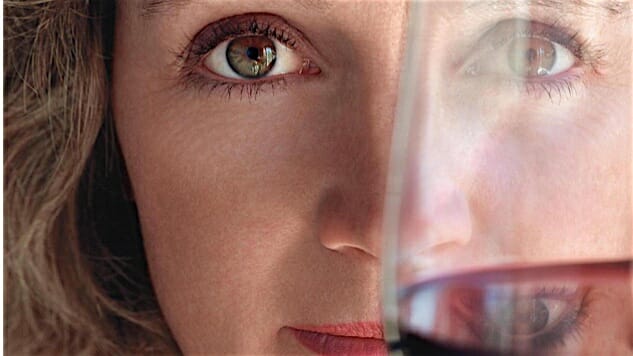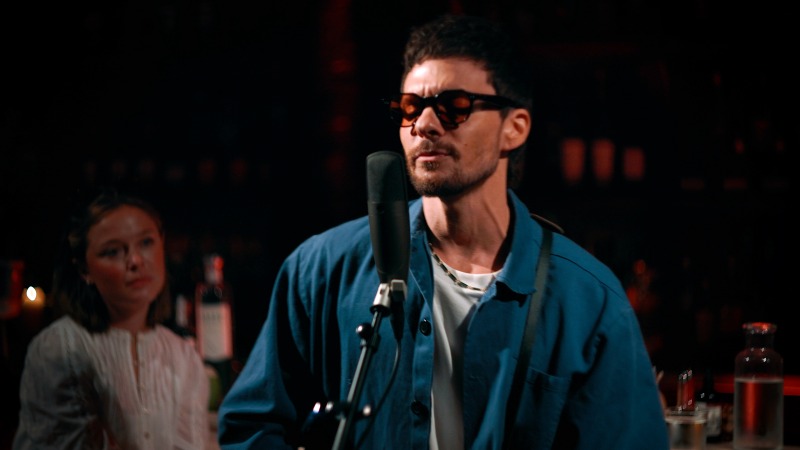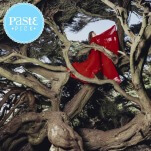Decanted: A Winemaker’s Journey

Napa Valley. Synonymous with “wine” ever since Chateau Montelena and Stag’s Leap bested the French in the legendary 1976 Judgment of Paris, and one of those places that makes you think, “Man, what can I do so that I can live like this?” The documentary Decanted: A Winemaker’s Journey promises to answer that question, or at least that’s what I thought was going to happen. We open on a winemaker (Heidi Barrett, though if you were not familiar with Napa characters it would not be clear who she is) going to work. In her helicopter. We fly over breathtaking vineyard scenery dotted with Valley oaks and banked by mist-shrouded mountains. We’re going to find out who this woman is and how she got here, right? Because that’s what the title says.
That would have been so cool. Heidi Barrett, in case you’re not a cult wine collector or an avid reader of Robert Parker’s wine reviews or a resident of the town of Yountville, is a bit of a legend in Napa Valley, responsible for some of California’s most famously culty wines, including Screaming Eagle. If you’d like to taste Screaming Eagle you can find bottles of it for sale. They can run you from $1,500 – $2,400 a bottle. The story of how this woman came to create wines that inspired this much of a retail frenzy, considering how many spectacular wines you can get for $50? That is a story right there.
But we cut to another winemaker, talking about his own process and why he chose this as a second career. Then there are some people harvesting grapes in the dark. Then there are four more winemaker characters introduced and you get that this isn’t a single winemaker’s journey, though it might be about how these people converge somehow and are part of one another’s journey. But though that is the actual reality of being a Napa Valley winemaker (everyone knows everyone and has worked with or for everyone), it’s not the narrative here, either. So then I’m thinking the “journey” is the process of winemaking, in general. Only that’s not what the viewer gets, either. There are these people. You can tell that they love what they do. You can tell they know a lot of stuff—they are saying some of it to you as you watch. Also, sometimes they might go surfing. Or take a boat out on San Francisco Bay. Or get coffee. You know.
So my last guess is that the framework of this thing is the seasons. Nope—there’s very little organized progression of the life cycle of the grape or the life cycle of the people making wine from said grape. We see shots of harvest, of budbreak, of people hauling ass to get everything crushed and vatted. Many of these moments are interesting and many are beautiful, but it is so chaotic you can’t get a firm grip on what the throughline is. People who make wine like making wine, and they like it when wine fetches high prices at auctions. Got it. But I was ready to go on that journey I was promised when Heidi Barrett’s helicopter was cruising over the vines.
I’m someone who spends a lot of time in Napa and Sonoma County wine regions. I know what that landscape looks like at every time of year; I know what is going on in the cycle of production, more or less, at any time of year. I know what kind of soil you will find on Mt. Veeder (really damn old) and which grapes thrive in Los Carneros (Pinots). And even I was confused. Someone who didn’t know Napa already would possibly be in grave danger of getting very dizzy. As I watched, my inner “narrative builder” kept working. Maybe this is the story of a new winemaker’s debut and there’s a lot riding on it and it wasn’t a great vintage and everyone’s champing at the bit to find out if that stuff is Nectar of Gods or plonk-a-roonie?
-

-

-

-

-

-

-

-

-

-

-

-

-

-

-

-

-

-

-

-

-

-

-

-

-

-

-

-

-

-

-

-

-

-

-

-

-

-

-

-








































